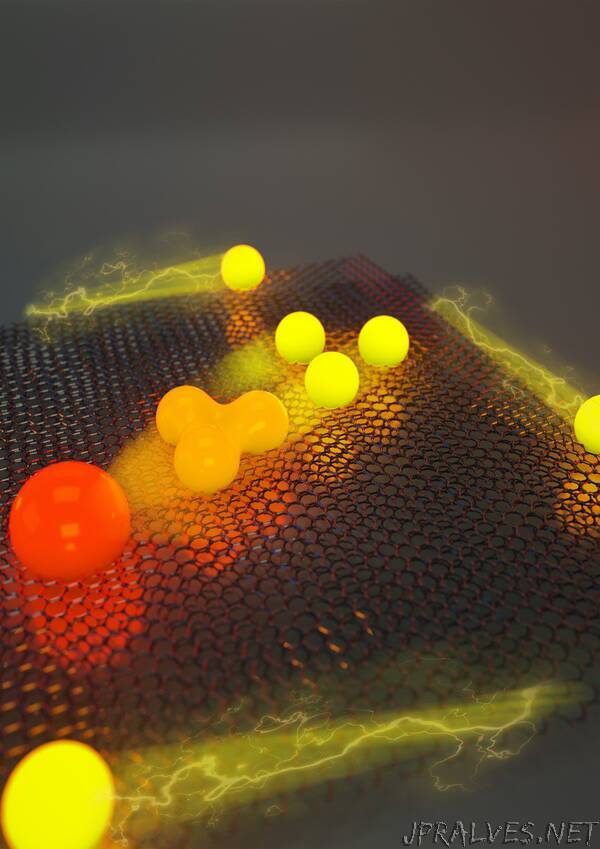
“Research paves the way for future quantum devices and applications
Exotic quantum particles and phenomena are like the world’s most daring elite athletes. Like the free solo climbers who scale impossibly steep cliff faces without a rope or harness, only the most extreme conditions will entice them to show up. For exotic phenomena like superconductivity or particles that carry a fraction of the charge of an electron, that means extremely low temperatures or extremely high magnetic fields.
But what if you could get these particles and phenomena to show up under less extreme conditions? Much has been made of the potential of room-temperature superconductivity, but generating exotic fractionally charged particles at low-to-zero magnetic field is equally important to the future of quantum materials and applications, including new types of quantum computing.
Now, a team of researchers from Harvard University led by Amir Yacoby, Professor of Physics and of Applied Physics at the Harvard John A. Paulson School of Engineering and Applied Sciences (SEAS) and Ashvin Vishwanath, Professor of Physics in the Department of Physics, in collaboration with Pablo Jarillo-Herrero at the Massachusetts Institute of Technology, have observed exotic fractional states at low magnetic field in twisted bilayer graphene for the first time.
The research is published in Nature. “
